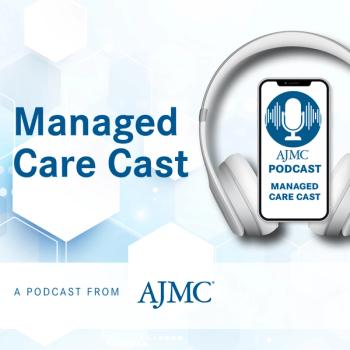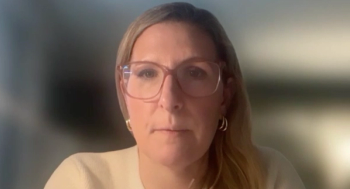
How the Win Ratio Benefits Patients With COPD: Sanjay Ramakrishnan, MD
Sanjay Ramakrishnan, MD, senior lecturer, University of Western Australia, breaks down how to communicate the value of dupilumab using patient-centered language and sports metaphors to patients.
When it comes to helping patients with
Dupilumab works in people with type 2 inflammation, shown in BOREAS (
This transcript was lightly edited for clarity; captions were auto-generated.
Transcript
How might this 32% improvement in avoiding key clinical deteriorations translate to real-world patient outcomes or quality of life?
The way I communicate that to a patient—if I were to prescribe dupilumab—is to say, “You’re more likely to feel better in a combination of these things by about 30%.” You allow the patient to understand these are the benefits. You improve hospitalization risk and death [risk], you reduce any exacerbation risk, you improve lung function, and improve symptoms, so a combination of those things.
A simple way of communicating that is, “If you’re running the COPD race, me giving you dupilumab will increase the chance of you winning by 31%.” That is how I explain it to patients. Winning is a nice of communicating—it's a sports metaphor—but it's how you communicate that giving this medicine means you're 30% more likely to win. The win looks different for everyone, but you’re more likely to win than if you don’t get it. That’s the benefit of the win ratio.
Given these results, what conversations do you think need to happen among clinicians, payers, and policy makers to ensure access to therapies like dupilumab for the right patients?
Dupilumab is already approved, so these win ratio analyses won’t change that. What I hope they will change is how we holistically view what matters to patients and physicians. We include patient-relevant measures, physician-relevant measures, and payer-relevant measures—like hospitalizations and exacerbations—into one end point. That’s how we communicate the value.
How I think we can improve is we need to find these patients who are eligible. We need to do the testing for complete blood counts [CBCs]. CBCs will identify those who need biologics, those who need dupilumab, and then treat them.
We know this medicine works. We know the effects are impressive, and the win ratio analysis shows that again, even more concretely, and we just need to get it to patients.
Reference
Steinzor P, Ramakrishnan S. Improving COPD trial efficiency using the win ratio: Sanjay Ramakrishnan, MD. AJMC®. May 19, 2025. Accessed June 23, 2025.
Newsletter
Stay ahead of policy, cost, and value—subscribe to AJMC for expert insights at the intersection of clinical care and health economics.













































